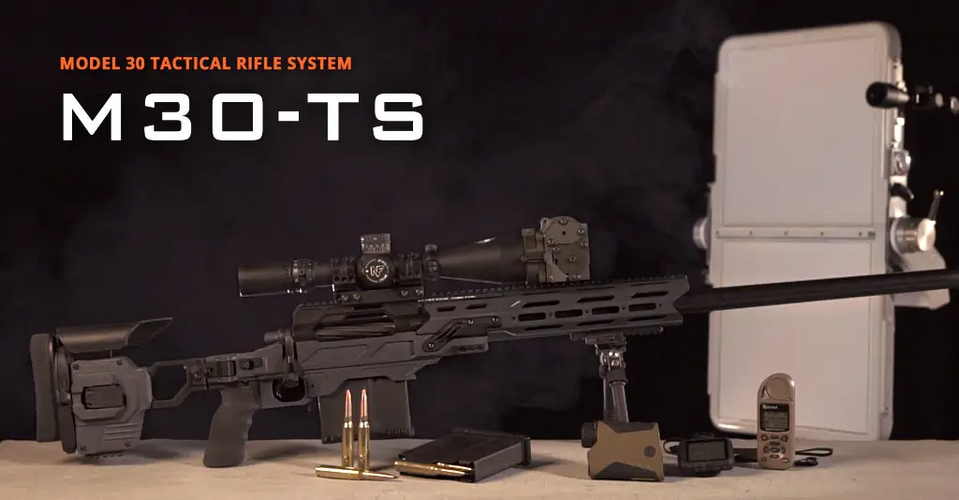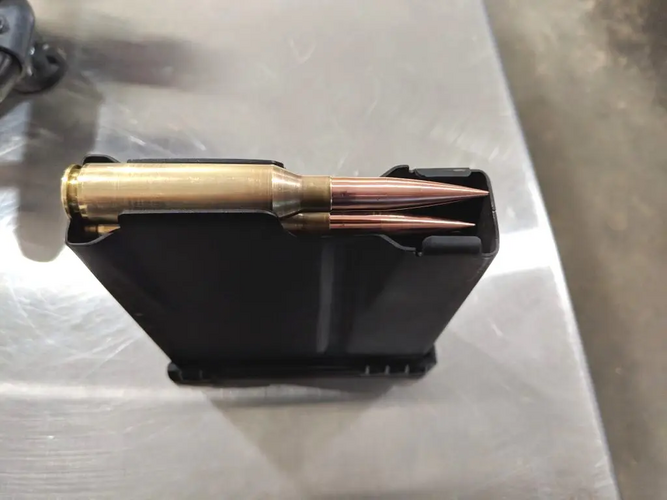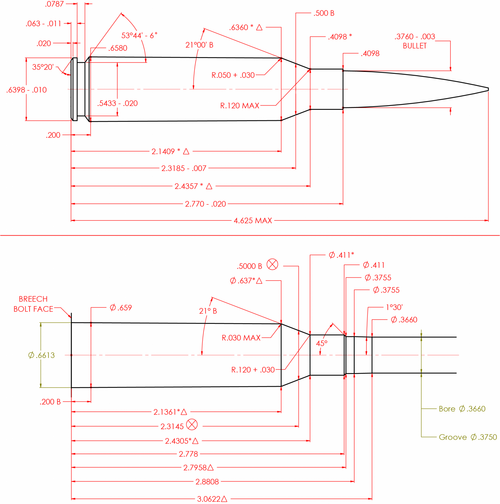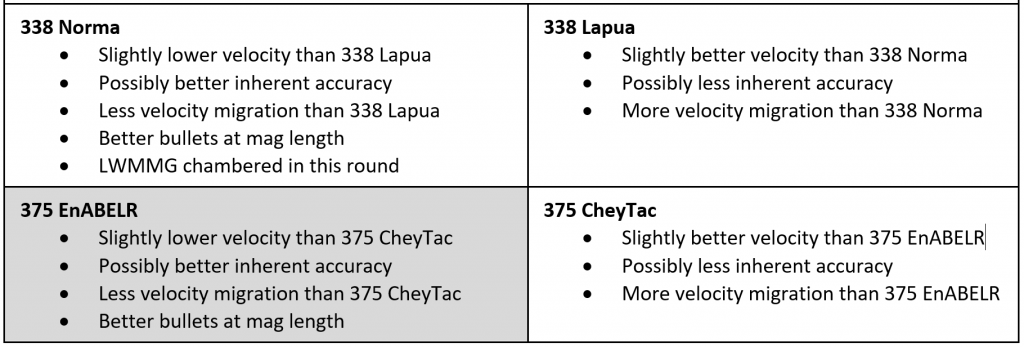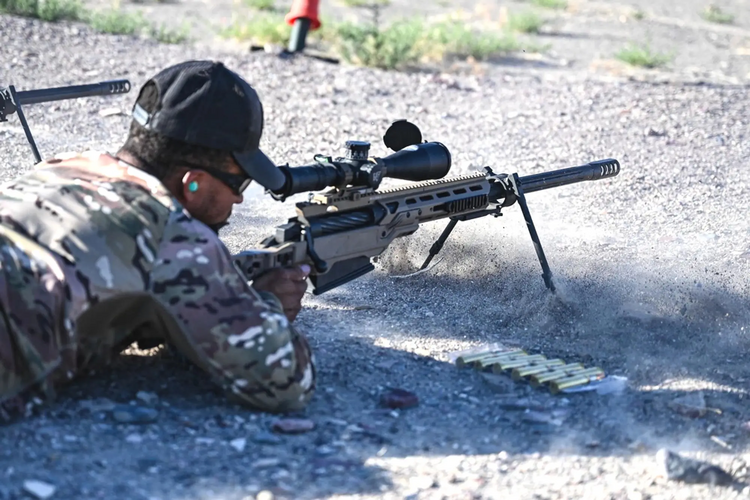Col. Lancaster did not name the rifle program that ELR-SR is leveraging, but an IWTSD did previously develop a new very-long-range sniper rifle under a program called Extreme Sniper Strike Operations (ESSO). The effort resulted in a bolt-action rifle known as the M30-Tactical System (M30-TS) chambered in a cartridge called .375 EnABELR (Engineered by Applied Ballistics for Extreme Long Range). Applied Ballistics
is the company behind both the M30-TS and the .375 EnABELR cartridge. The .375 EnABELR round was explicitly
developed to be reliably effective against targets out to at least 2,500 meters.
























